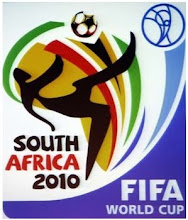-

- enlarge stadium
- Name:Ellis Park Stadium
- Capacity:61000
- Address: Ellis Park Stadium
Johannesburg
Gauteng
South Africa
Stadium Information
Coca-Cola Park, formerly and better known as Ellis Park Stadium is one of the official World Cup stadiums for South Africa 2010.
It'ss a rugby union and association football stadium in the city of Johannesburg, Gauteng Province, South Africa. It hosted the Rugby World Cup final in 1995, which was won by the country's national team, the Springboks. The large stadium was the country's most modern when it was upgraded in 1982 to accommodate almost 60,000 people. Today, the stadium hosts both football and rugby, and is also used as a venue for other large events, such as open-air concerts. It has become synonymous with rugby as the only time when rugby was not played at Ellis Park was during 1980 and 1981 when the stadium was under construction during an upgrade.
The stadium was formerly named after Mr J.D. Ellis who made the area for the stadium available. Following a ZAR 450 million (USD 58 million/£30 million) naming rights deal with the Coca-Cola Company in 2008, the name of the stadium was changed to Coca-Cola Park.
Coca-Cola Park will host five group games, one second round game and one quarter-final of the 2010 FIFA World Cup, for which its capacity will be increased by 5,000 seats on the northern side only, to 65,000. Areas like the Presidential suite are already receiving a facelift. There will also be a hospitality room and new changing rooms. The total cost of renovations was R500 million and were complete in June 2008, two years before the 2010 FIFA World Cup.
